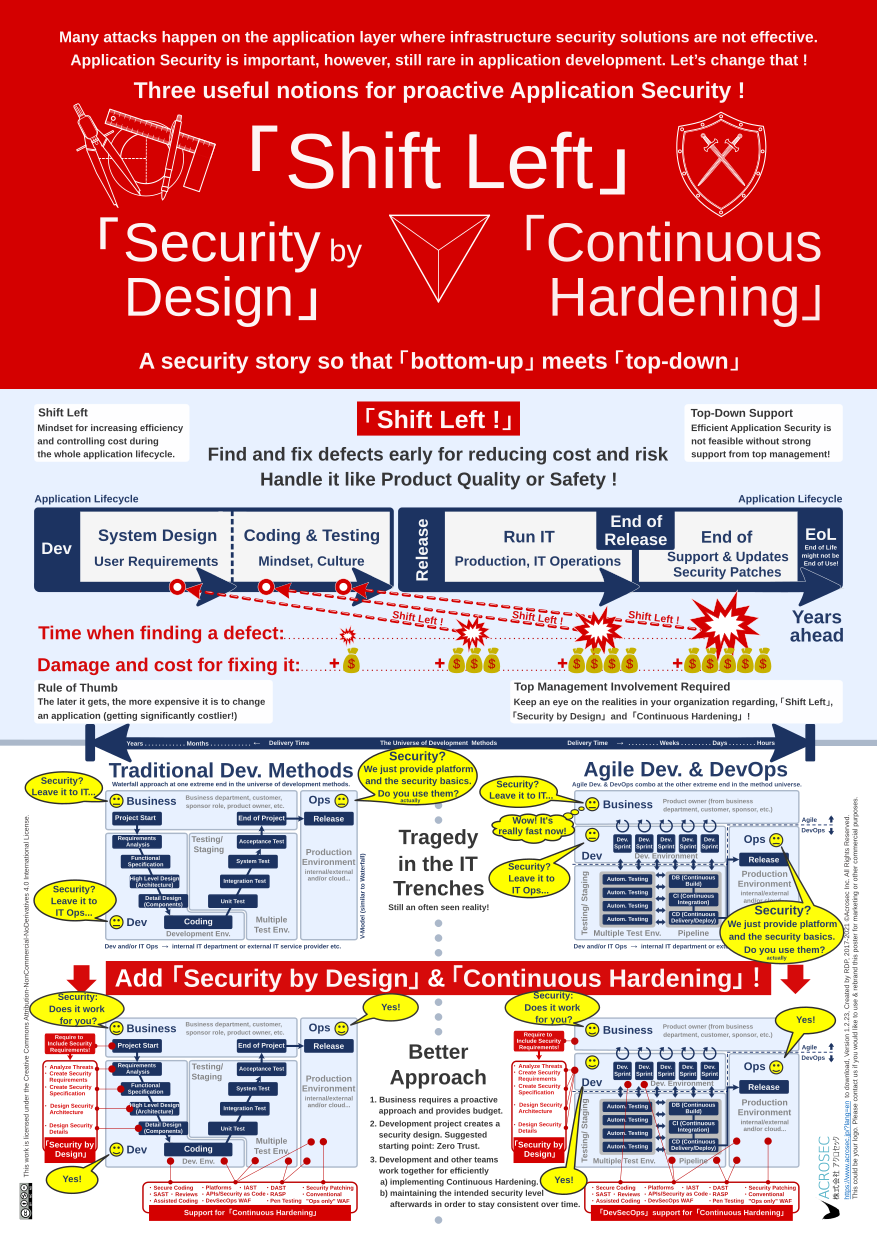

- SECURITY SHIFT LEFT HOW TO
- SECURITY SHIFT LEFT VERIFICATION
- SECURITY SHIFT LEFT SOFTWARE
- SECURITY SHIFT LEFT CODE
Strained relations between dev, InfoSec, and ops: Sometimes relationships between these players may be less than cordial, but a shift left in security testing means they all need to get along.However, collaboration with the security team means knowledge will be shared and documented. Coders may be unaware or untrained regarding security: Developers focus on coding software, but that does not automatically mean they are up to speed on security issues and common threats.Your shift left strategy will likely resolve some of these issues automatically: Making the shift left entails challenges that enterprises may have to overcome, but the idea of a shift to the left is to address many of these issues to begin with.
SECURITY SHIFT LEFT CODE
For example, code can be analyzed at specific checkpoints, and alerts can notify security teams of probable issues.
SECURITY SHIFT LEFT SOFTWARE
SECURITY SHIFT LEFT VERIFICATION
Predefined communication standards and verification cycles are essential for developers and testers to collaborate on this. As soon as an issue is identified, address it and fix it.
SECURITY SHIFT LEFT HOW TO
No two development projects are the same, so decisions on how to implement left shift and right shift security may differ in the details. It will not likely become a security vulnerability to their system, and it will likely meet design expectations.

Proper documentation: Collaborating teams will produce comprehensive documentation of the product development, making future maintenance and upgrades easier and more cost-effective.Early detection means issues can be resolved with fewer resources and less downtime, also resulting in savings. Cost savings: A smoothly running project where the finished product is the result of professional collaboration will save money by bringing the project to completion on time and on budget.Project speed: Automation ensures faster development while detecting and addressing issues early means that the project may move at a better speed.Increased adaptability: Developers who work closely with security teams and IT operations staff are more likely to be more adaptable and flexible.Product quality: Because security issues are anticipated and remediated early, and because relationships between developers, testers, security teams, and IT operations staff are streamlined, the resulting product will likely be of higher quality.




 0 kommentar(er)
0 kommentar(er)
